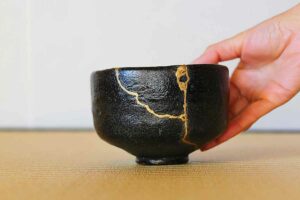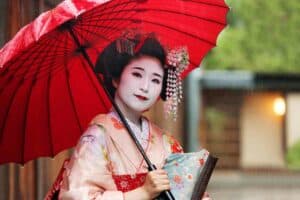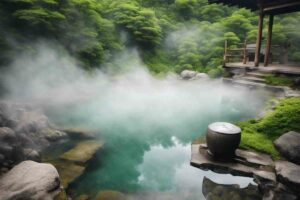Traditional holidays in Japan, span across the entire year, but none hold the high esteem of Ōgon Shūkan: Japan’s ‘Golden Week’.
This annual set of Japanese national holidays, is celebrated widely across the archipelago; over the transitional period between April and May.
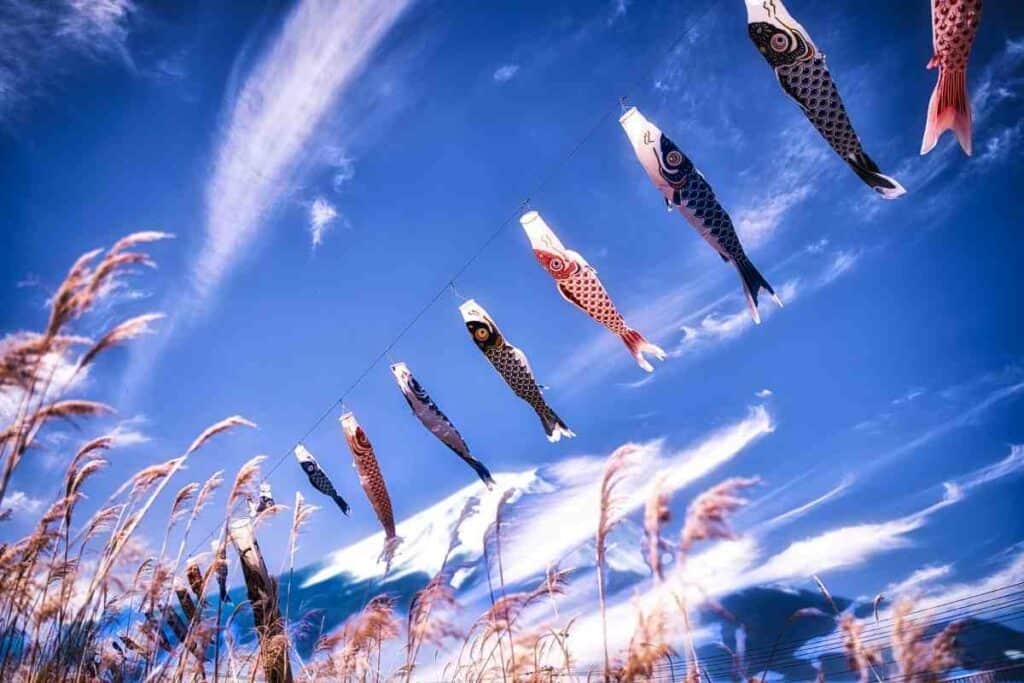
It consists of four unique holidays and officially begins on May 3rd. Although, April 29th, which is known as ‘Showa day’, is aligned with the rest of Golden Week which ends with ‘Children’s Day’ on May 5th.
As with most Japanese traditions, festivals take place and lavish decorations pervade small towns and big cities all over Japan, however, this is reserved for the latter days of the holiday, as the first few days are generally more reflective and calm in comparison.
What to Expect? We will introduce you to the origins of the four individual holidays, guide you through the week of festivities and take you into the heart of this Japanese tradition.
When exactly is ‘Golden Week’ in Japan?
Always taking place in the latter part of April and the early days of May, Golden Week, (Ōgon Shūkan – 黄金週間 or Ōgata Renkyū – 大型連休), is a series of holidays in quick succession.

The streets of Japan come alive with festivities like parades and colourful decorations over four specific dates:
- April 29th – Showa Day
- May 3rd – Constitution Memorial Day
- May 4th – Greenery Day
- May 5th – Children’s Day
Although Showa Day is a separate holiday, it is still a day which Japanese people get to take off work.
So it is worth considering along with Golden Week. Should weekends fall at the right time, it could be a long holiday for a lot of people!
As a result, it is many people’s favourite time of year.
Take a quick look
What is the history behind Golden Week?
Each specific holiday represents an individual history.
While Greenery Day began in the late 1980s, Constitution Day has its roots in the 1940s.
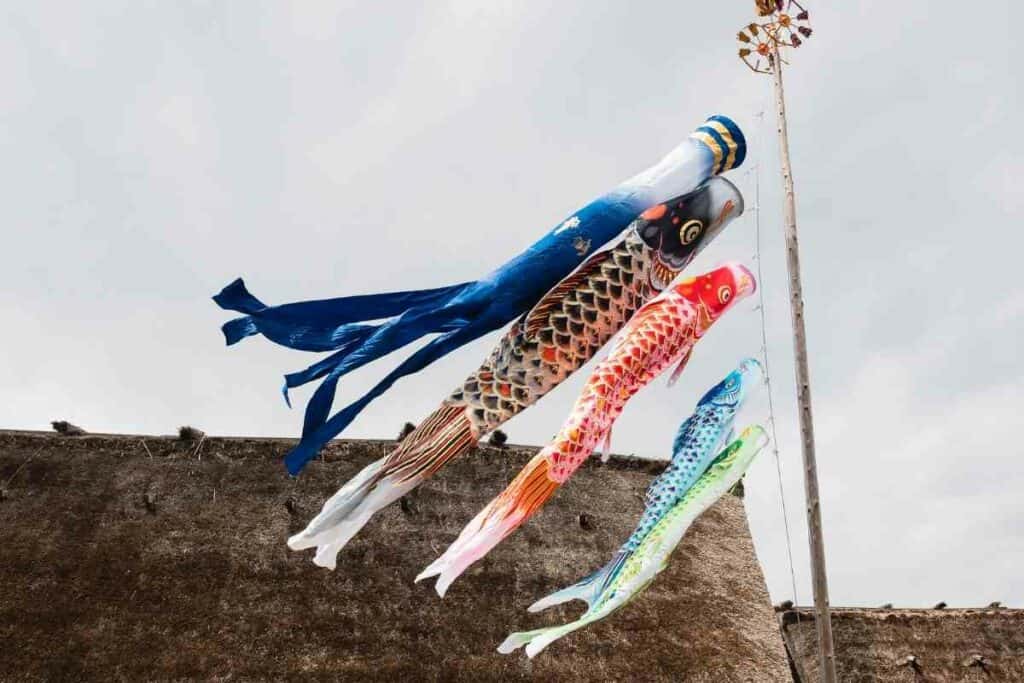
Children’s Day also has its official foundations in 1940s but its celebration is said to be an ancient part of Japanese culture.
Let’s take a look at each of these national holidays, in turn.
1. Showa Day – Shōwa no Hi (昭和の日)
Coining ‘Shō (昭)’ meaning both ‘shining’ and ‘bright’ and prefixing ‘wa (和)’ which translates as ‘peace’ – Showa Day roughly translates as a ‘Day of Enlightened Peace’.
This day is celebrated in honor of Emperor Shōwa who held power between the years of 1929 and 1989. Following his death, Showa Day has been a national holiday in Japan and the beginning of what is now termed: Golden Week.
Prior to 2007, April 29th was Greenery Day but this has since been moved and now it has been renamed because this date was the emperor’s birthday.
It is treated as a day of tranquillity.
People will often:
- have picnics among the blooming cherry blossoms
- take scenic walks
- or pay a visit to a local shrine
Tokyo is a popular place, specifically on this day because it is where the Musashino Imperial Mausoleum is: the final resting place of the emperor himself. Many people visit to pay their respects.
2. Constitution Memorial Day – Kenpō Kinenbi – (憲法記念日)
Following Japan’s surrender, at the end of World War Two, a new constitution was drafted which had a strong focus on peace and prosperity.
May 3rd has been national holiday ever since that day in 1947.
The building in which the constitution was made, The National Diet Building in Tokyo, is always open to the public on this day and local media publish historical articles to commemorate the constitution.
Rather than an overly festive time, as with Showa Day, this is a day to reflect on the history of the nation and the peace which has thankfully followed.
As a national holiday, the Japanese often spend it with family and friends.
3. Greenery Day – Midori no Hi – (みどりの日)
Another day of repose and serenity, this national holiday is dedicated to mother nature.
Appreciation of the natural surroundings stems from the love that Emperor Shōwa had of greenery.
Keeping in with the main theme of Golden Week, locals tend to visit shrines, take hikes and local walks in the countryside, visit national parks and World Heritage sites; of which there are an abundance all across Japan.
Japanese gardens are also very popular, at this time, along with trips to the zoo and camping in the mountains.
It comes as no surprise that people also take this time to visit the mountains and local onsen.
There are, however, many events which take place in different parts of Japan, in this day.
4. Children’s Day – Kodomo no Hi – (こどもの日)
Once entitled Tango no sekku (端午の節句) when it was one of Japan’s main ceremonies in their Imperial Court, Children’s Day was historically known as ‘Boy’s Day’ or the ‘Feast of Banners’.
Though it was, at one time, reserved to celebrate male children and their happiness, it is now much more inclusive.
Fathers, mothers, boys and girls are celebrated and this is where the Golden Week festivities become more traditional.
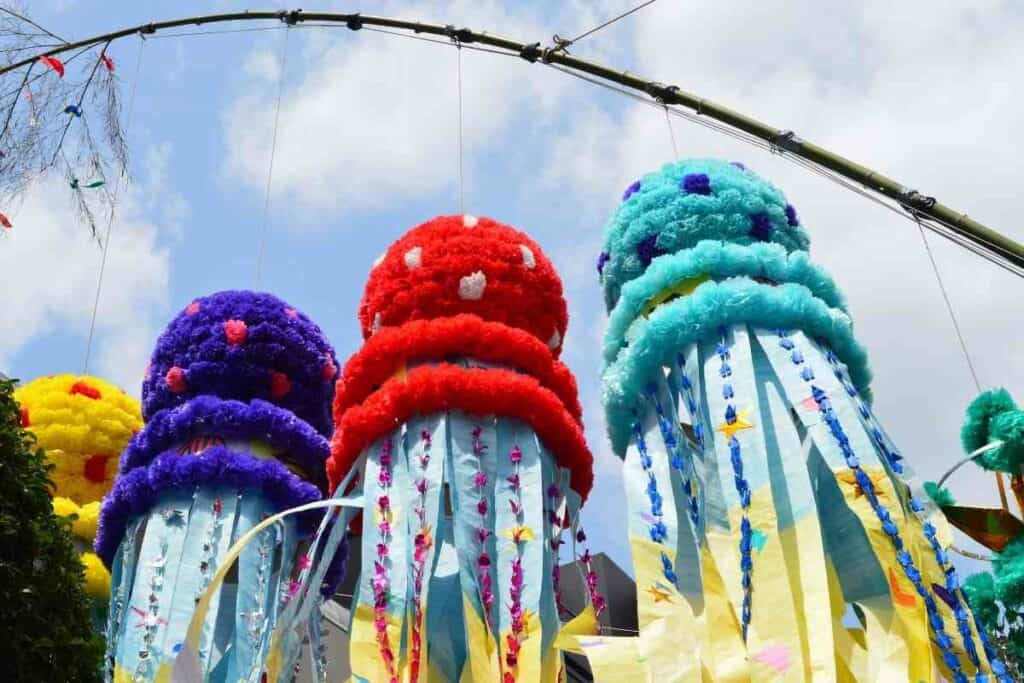
Similar to the Tanabata festival, the streets are filled with windsock carps and colourful streamers which mimic an ancient Chinese legend in which a carp transforms into a dragon and flies into the Heavens.
It is on this day, you will see festivals taking place, as well as traditional meals like Kashiwa mochi being enjoyed.
Koinibori (鯉のぼり) Decorations
Translating directly as ‘carp streamer’, Koinibori are a Japanese tradition which was, as so many aspects of the culture have been, adopted from China centuries before.
Originally made to celebrate the father and son of a family, it traditionally had a large black carp and a smaller red carp, as part of this elaborate, decorative piece; created on a pole like a flag.
Above the carps, it consists of a Yaguruma (矢車) – a small pair of moving wheels which have arrowed spokes and a small, spherical vane – as well as flying dragon (hiryū fukinagashi – 飛龍吹流し).
It has evolved over time and now they encompass pinks, greens, oranges and blues, to represent each member of a family.
Generally, they drop in size, representing ages and colours can vary.
These decorations range in size but there have been larger versions made for display in the streets of up to and over a hundred feet in length.
Most Frequently: They are no more than a few inches, to between one and two feet.
Is it worth traveling to Japan in Golden Week?
The short answer is no…but the weather is supposed to be very nice.
With Japan having few holidays for workers, and this being a condensed set of national vacation days, it is one of the busiest and most expensive times to travel.
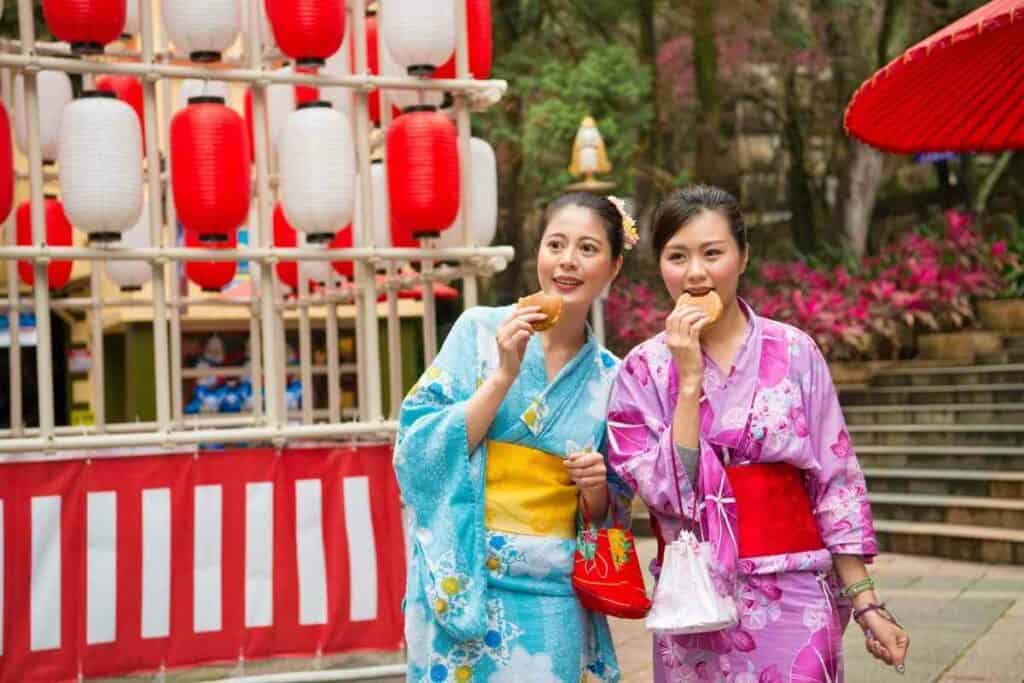
To visit during this time is apparently astounding, but you are advised to book well in advance.
Some people recommend booking even a year in advance because the Japanese tend to go on local holidays and also book well in advance, when visiting different places at home.
Although there are many generally calm days, throughout this period, it very much depends on where in Japan you go and when.
Let’s just say that most places will be incredibly busy.
What else is there to do in Japan during Golden Week?
Many festivals and events do take place across these days.
May 3rd, for example, sees the Hakata Dontaku Festival in the Kushu region and is one of the largest festivals held in the world.
It lasts two days and features a massive parade with huge, decorated floats (Hana Jidosha) and dancers in traditional Japanese dress.
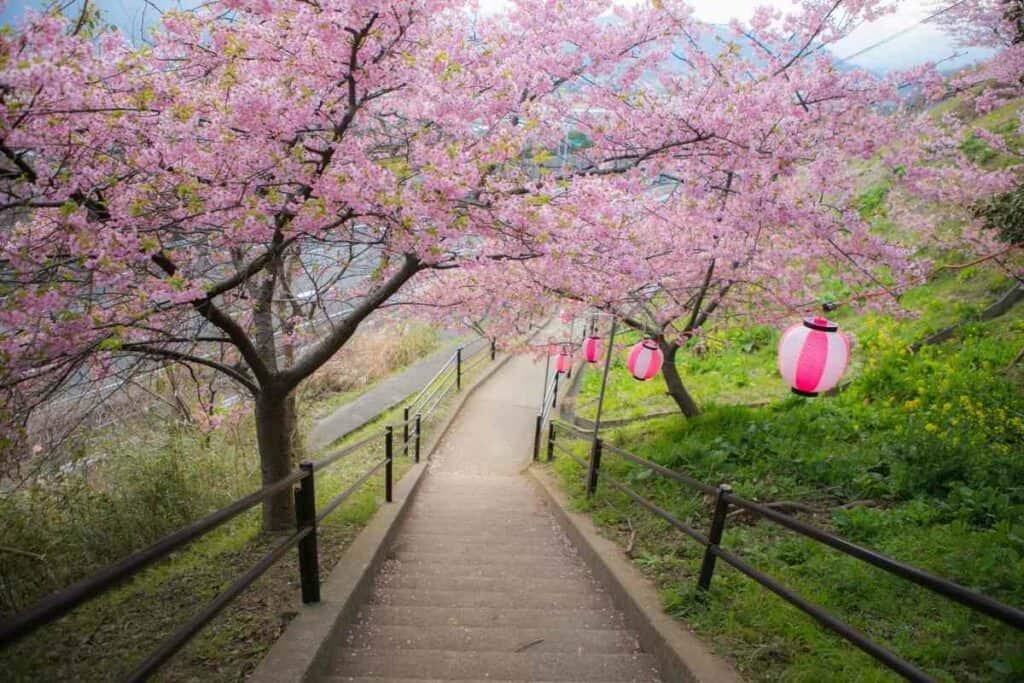
Hinamatsuri is a doll festival held on May 3rd as well.
Girls will display and exhibit their doll collections and it is in addition to Children’s Day but also celebrates girls and is a time to pray for their wellbeing and happiness in life.
Considering how busy most of Japan will be at this time, many recommend visiting Tokyo, especially.
This is because of the fact that the Japanese take holidays, too, as mentioned earlier.
Keep In Mind – There are less people in Tokyo on some Golden Week days, making activities much easier to book.
Final Thoughts
Steeped in both history and tradition, Golden Week in Japan is definitely worth experiencing.
As long as you book well in advance and travel either side of the week’s major dates, then you can even keep the price quite reasonable as well.
There is a vast amount taking place, across these national holidays, and there is plenty to get involved in.
Whether you wish to party, immerse yourself in history, or hike in the mountains, there is something for everyone in Golden Week.
No matter where you go, you are sure to find something happening but, one thing is for certain: if you visit during this time, you will undoubtedly be enveloped in the enchanting beauty of Japanese culture and have fantastic time.
You May Also Like
- Japanese Wedding Traditions (Venue, Dress & Food)
- Kintsugi: Perfectly Imperfect Ceramic Art (with 8 Examples)
- 5 Best Japanese Makeup Brushes for a Flawless Finish
- Maiko Vs Geisha Compared: What Are the Differences?
- Japanese String Instruments (9 Famous Ones)
- Best Onsen Destinations In Japan (10 Top Locations)


